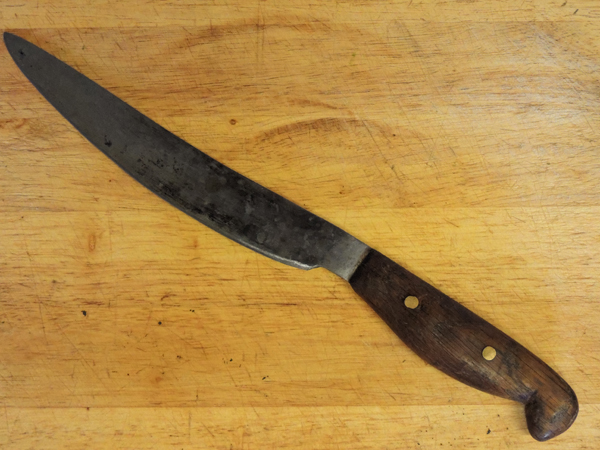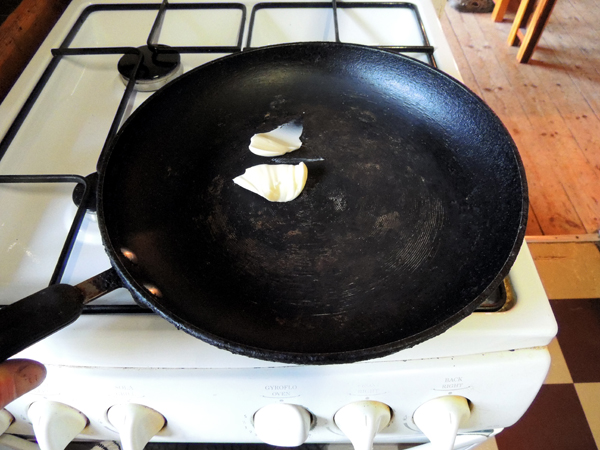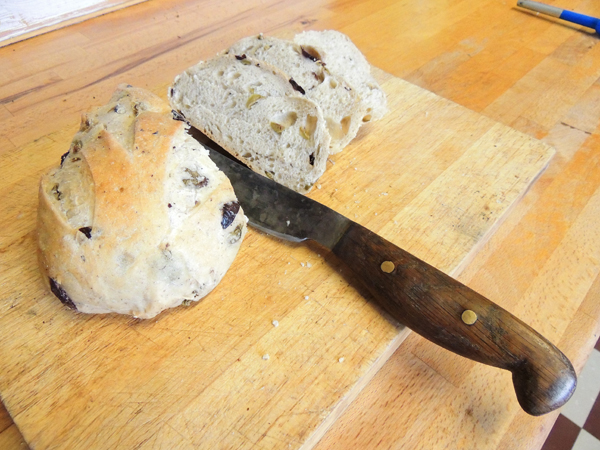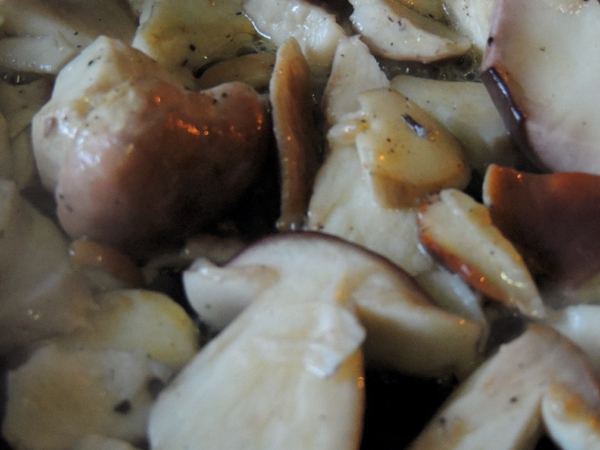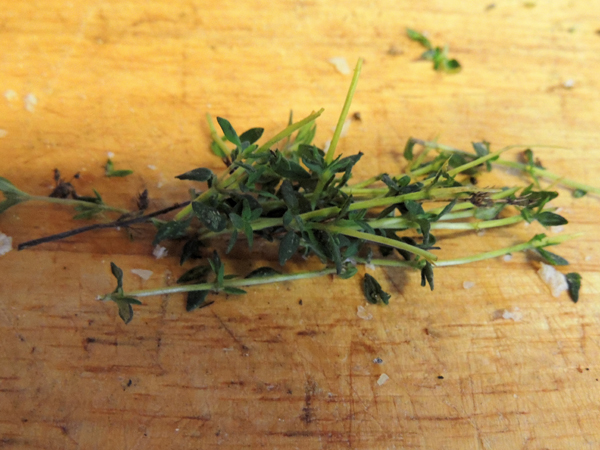I've been making decking. You gotta do something when you're cooped up.
Here it is. A good 13 square metres or thereabouts. Tasty
From the front, with Betty Pug meandering about.
The idea is to step out into the garden.
Though, sometimes it's just time to snooze, it seems.
There's lots of room for a table and chairs. Perfect for breakfasting.
Designs
That's slightly stretching it. Here are some of the sketches.
These ones are to mind-burn the basic structural idea...
This one was the initial sketch of a vague idea of what the railings might look like...
Build
These things don't build themselves. Here's how the cobbling went...
The first thing was to build a frame. For this I needed to sort out the levels and work out the positioning.
The latter was larger determined by the 4.8m size of the largest decking planks available.
So as not to make it not too square, the design has a diagonal-corner vibe going on, at the outer corners. This design is to make the new decking fit with the other features in the garden, which all have some type of 45 degree angle in them (well strictly speaking 135 degree, but basically a uniform diagonal between the perpendiculars).
Once the outer frame was built, joists were added between the wall and the outer beam of the frame.
By themselves, the joists would not be nearly strong enough.
To make the frame super-solid, a large number of upright struts were added. These were spread out to distribute the force. These were supported on slabs of various reclaimed concrete, brick, etc. The outer frame struts were positioned first to set the overall level. There is a 1 in 60 slope away from the house for drainage.
The supports were spaced so that each joist had no open span of more than about 70cm. Betty pug is hard at work supervising here.
The decking design included side railings. On the frame edges where railings would be needed, the supports were built using posts that sit at ground level and extend above the frame.
For these supports, the frame rails sit inside simple saddle joints, cut at about 30mm into the upright posts.
The angled corners were a good opportunity to build some interesting joints.
This joint has a slight shoulder for stability. Obviously, if just glued without reinforcement, this would never stand up to the usage stresses of a decking in daily use, so each one has 150mm screws pulling it tight and providing a locking key.
In close -up...
Once the frame was built (quite a long time later), it was time to plank up...
This is quite quick to do, apart from a few fiddly angled cuts for the diagonal outer corners.
When laying the decking, spacers were used to keep the gaps even...
This gives a nice uniform line to the decking planks.
Main step.
The edge to the lawn has a large, wide step. This continued the diagonal theme...
A close-up of one of the corner joints for the steps in progress...
Like the main frame, the first thing to set was the levels...
The finished step...
Side railings
Decking is all very well, but it's a bit of a slab without some railings. The railings also stop people falling off the edge. This is a good thing - on one side there is quite a big drop, because the garden is not flat and slopes quite a bit from one side to the other.
Here you can see the beginnings of the build for this. It started by attaching a nice solid planky top-rail, which is wide enough, and solid enough, to comfortably rest drinks on.
For strength, the corner of these two perpendicular rails were attached with an open mortice and tenon joint. It was also further strengthened with a mix of hot glue and sawdust, to both bond it and create a seal against water getting in.
The top-rails were attached to the uprights with angle brackets. This was to prevent having unsightly screw holes in the upward-facing surface.
The rails were made by cutting down barge boards into palings, then cutting out and smoothing recesses into them. There are 45 of these, all cut by hand.
The end-cuts of the recesses were initially sawn at 135 degrees, then sanded round on a belt sander held in a vice.
At the top, the rails were set in a recessed rail. At the bottom, they were held in with locking bars.
Lookin' good! A bit of a saloon-bar vibe going on there.
All rails complete.
Side steps
As well as the main step to the lawn, there are also two side steps to the decking. These are necessarily more square than the main step, as they are quite small. Nonetheless, they also have small angled corners to continue the diagonal theme.
In close up.
Unlike the main step, these were not built in situ. The frames were constructed separately, then attached.
Here is one of the frames, prior to attachment.
Cutting the mitres for these small angled frames was quite fiddly. The angles are 67.5 degrees which is half of 135 degrees. This is quite tricky to mark and cut. I used a proper fine tenon saw to cut these. After cutting, I trimmed the angles slightly to get a good fit.
To judge the frame was square at 90 degrees was tricky, because of the the mitred-angle corner. This needed framing within a large builders's square.
A finished corner. The mitred rails are held together using a chunky corner block shaped to the same angle.
The joints are held together with heavy duty screws that fix the rails onto the block. The block is also part of the support for the decking planks that form the tread of the step, and are set lower than the top of the rail by the height of the planks.
Another shot of the finished decking.
Sorry Betty, am I disturbing you here?







